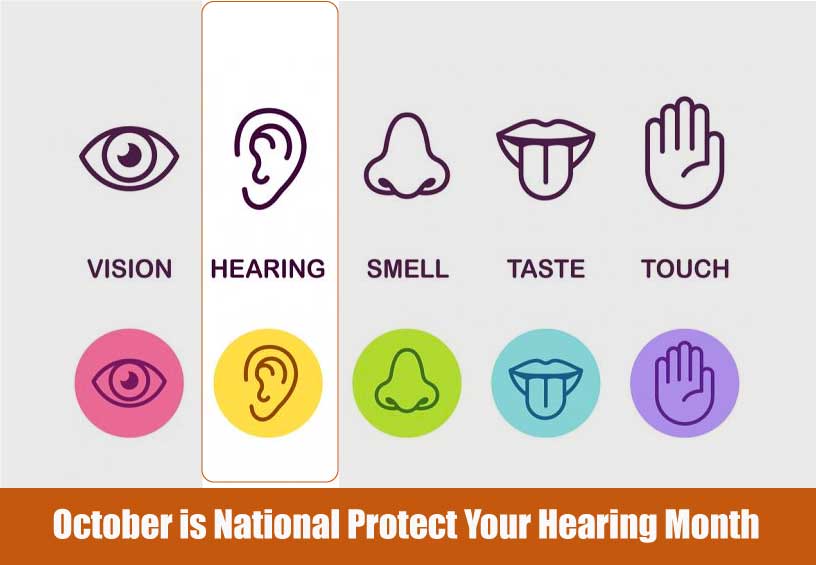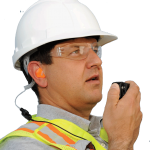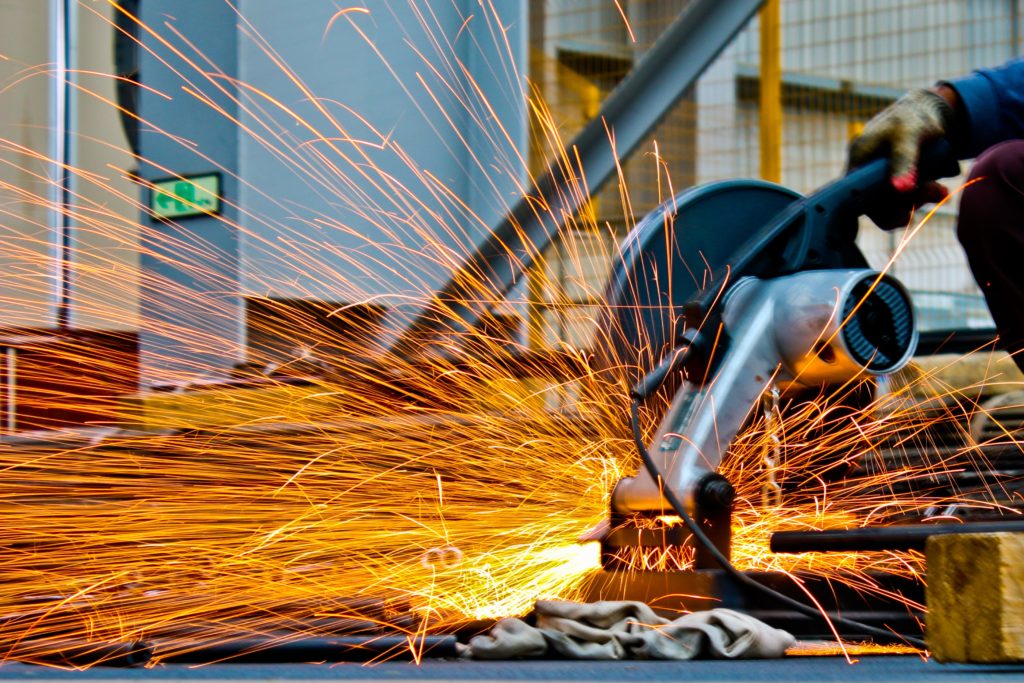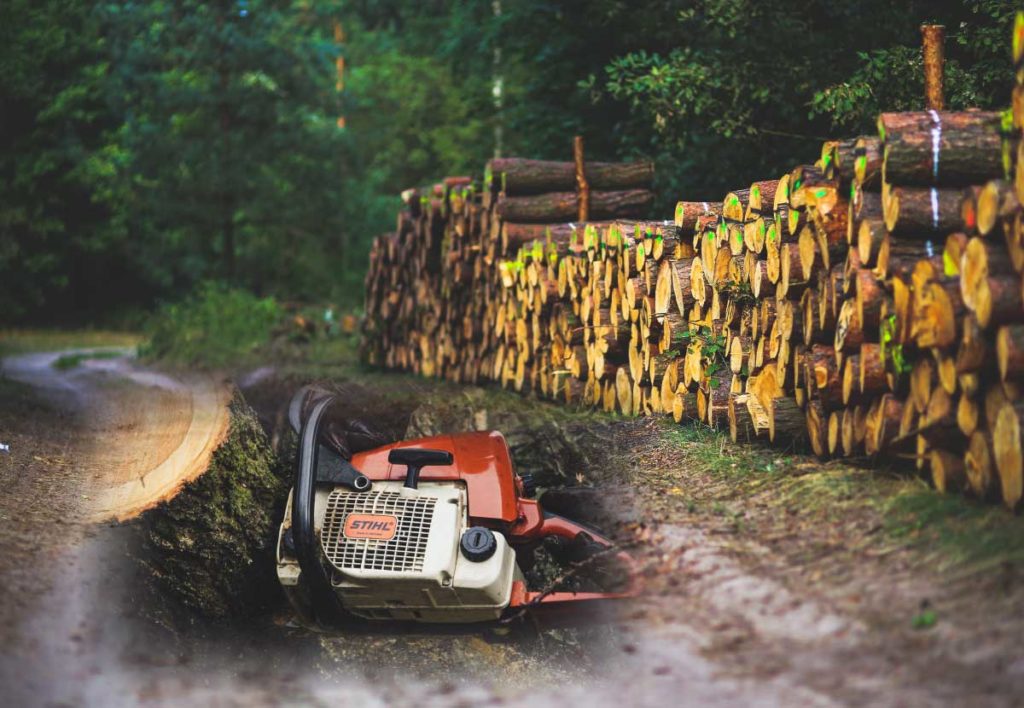Hearing Loss from Loud Noise
Contrary to popular belief, excess noise can be more than just an annoyance; it can actually be classified as a danger. Noise can be unsafe when it’s too loud, especially when exposed for long periods of time, but also for short ones. These types of noises can cause noise-induced hearing loss, also known as NIHL. NIHL happens when excessive and/or loud noise damages the sensitive structures of the inner ear. This process could take a while to set in or it may happen instantly; it may be momentary or it may be everlasting, there is no sure way to tell.
There are, however, a number of activities that can be avoided in order to minimize your chances of developing noise-induced hearing loss. Listening to headphones too loudly, shooting ranges/hunting, playing in a band, attending too many loud concerts and motorcycling are all actions that should be evaded in order to decrease your chances of obtaining NIHL.
And long exposure to loud noise can lead to tinnitus (buzzing sound in the ear), which can further lead to psychological problems in people. Besides issues with hearing, insomnia, irregular blood pressure and fluctuating sugar levels can also be a result of exposure to loud noise. Doctors see constant headaches, mood disturbance, anger, and irritability as well among patients.
Most of the loudspeakers, as well as woofers that are played, have a sound of more than 100 decibels, which can lead to hearing troubles. Therefore, people should make sure they are not too close to loudspeakers during celebrations. Besides noise from loudspeakers, vehicular noise pollution affects the traffic police as they are constantly exposed to loud honking. Use of earplugs can help reduce the volume they are exposed to by 20 decibels. The use of dB Blockers can not only reduce the noise exposure but they can also contain a proprietary frequency tuned filter which allows interpersonal communication without removal. Learn More about dB Blockers.
While there is a time limit for use of loudspeakers, there is no authority to monitor their volume. Stringent measures should be taken by the government to control noise pollution. The traffic department could put up ‘No Honking’ and ‘Reduce Noise’ signboards in specific areas close to hospitals, schools, and homes. It is also important to create awareness among the people about the effects of loud noise and excessive honking.

What Decibel Level Causes Hearing Loss?
In order to avoid these dangerous sounds the best you can, you have to understand them the best you can. Decibels are how sounds are measured. Sounds of 76 decibels or more are unlikely to cause hearing loss, even when exposed for lengthy periods of time. That being said, long exposure to (or repeated) sounds of 85 decibels and above can most definitely cause hearing loss. The louder the sound gets will increase the chance of you receiving noise-induced hearing loss.
Here are a few examples of common decibel levels:
- Refrigerator – 45 decibels
- Conversation – 60 decibels
- Motorcycle – 95 decibels
- Headphones at maximum volume – 105 decibels
- Firecrackers and gunshots – 150 decibels
Luckily, the National Institute on Deafness and Other Communication Disorders (NIDCD) are in deep with the research on the causes, diagnosis, and treatment of this type of hearing loss. Though NIHL isn’t the most common form of hearing loss, nor is it the most dangerous, however, it isn’t to be underestimated. Please take careful notice of this growing issue and adjust your listening closely.
FUN FACTS
New York City:
New York City is by far the most populous city in all of North America, at an estimated population of over 8.4 million people in 2013. The city is projected to have 55.8 million tourists in 2014, bringing in almost 153,000 extra people per day. In addition to the people, the constant yellow taxis, street construction, car alarms, nightclubs, subways and planes are enough to give any resident a constant headache. Mayor Bloomburg has even begun requiring police to set up checkpoints with handheld noise meters and to issue fines to those who violate noise policies.
Hyderabad:
On Diwali day, the particulate matter 2.5 (PM 2.5) increased by 61 percent in Hyderabad and PM10 increased by 34 percent according to monitoring units assessed by Telangana State Pollution Control Board. PM2.5 was found to be 68 percent of PM10 when crackers were burst, whereas on normal days it was found to be 57 percent.
Now that we have Diwali and Halloween under our belt for 2018; there is still at least 2 more months of celebrations. With the several festivals around the corner, noise pollution could become a major challenge in the city. The increasing number of vehicles on the roads already contribute to the noise pollution in a big way. It’s high time we did something about this as some doctors & audiologist have seen an increase of eight to 10 patients every month with a hearing problem and this figure is rising due to lack of awareness.
Sources
https://www.deccanchronicle.com/nation/current-affairs/091118/hyderabad-high-pollution-noise-recorded-on-diwali.html
https://citiquiet.com/the-top-10-noisiest-cities-in-the-world-2/












